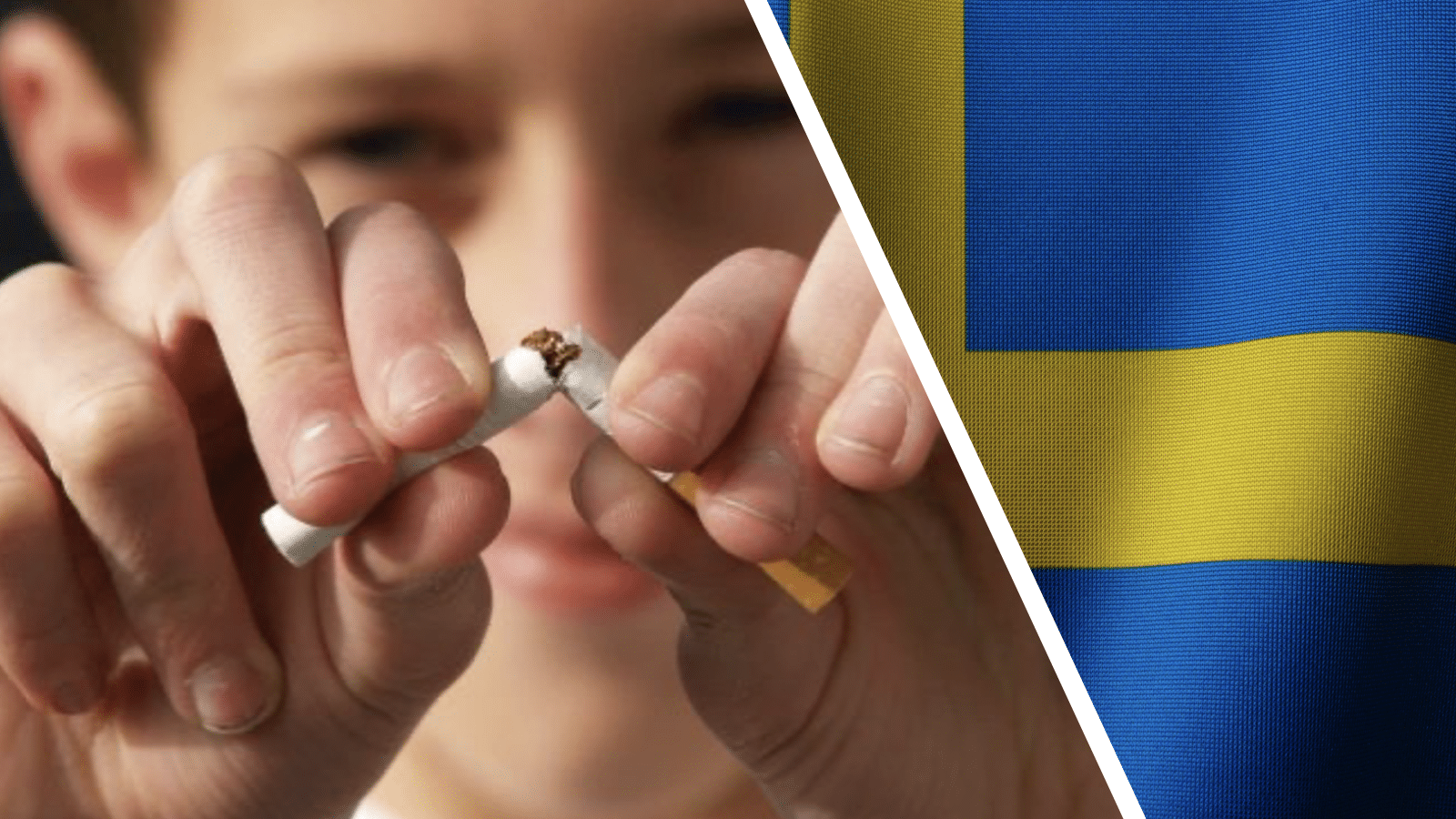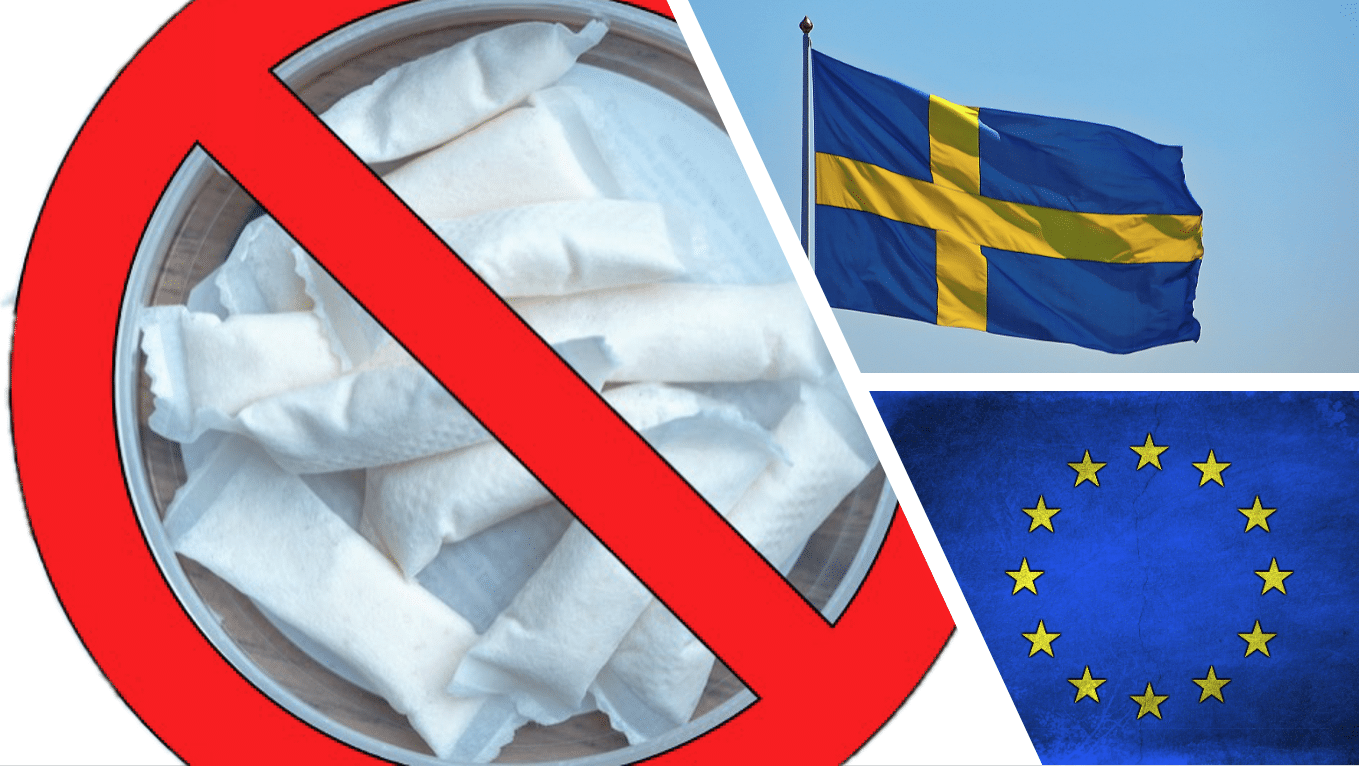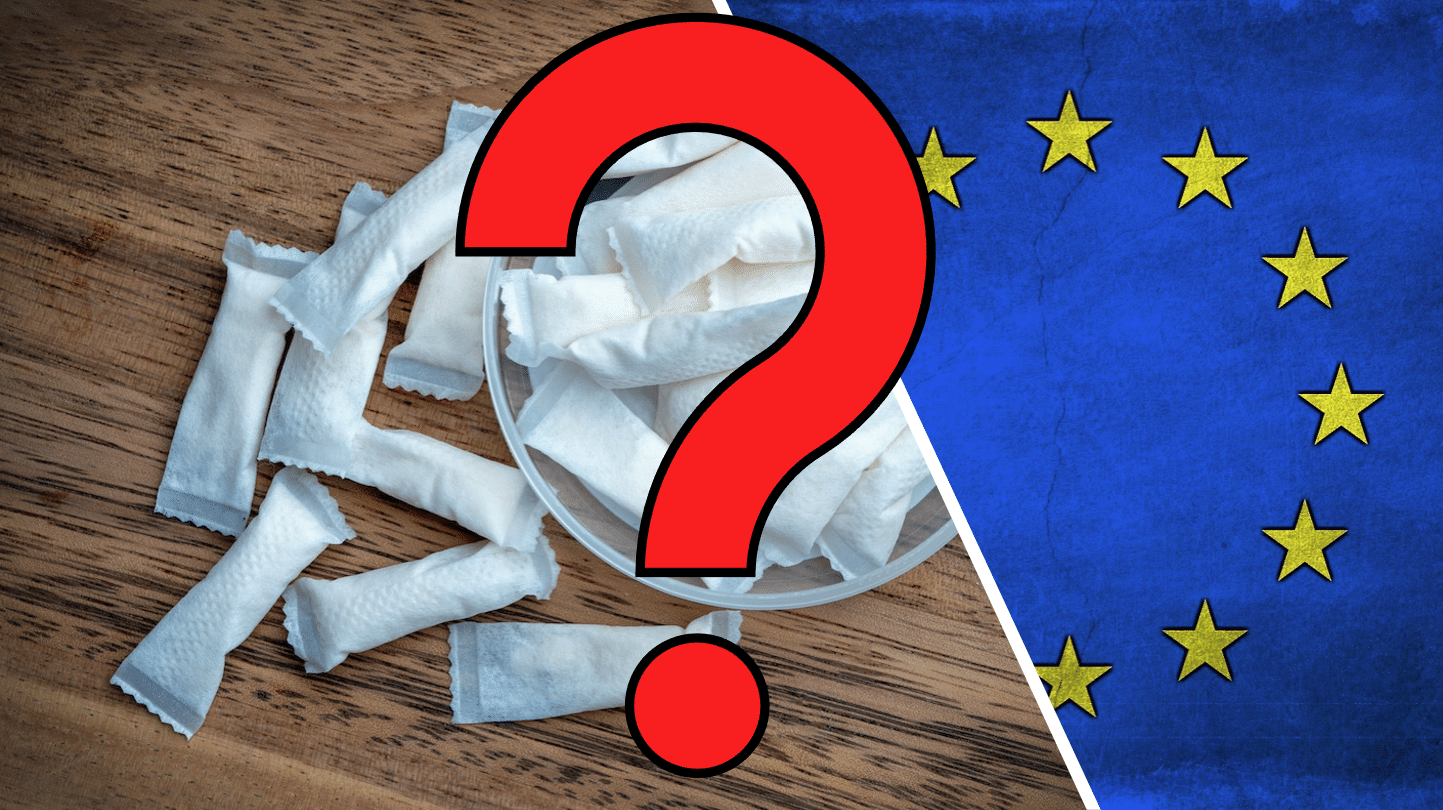
The Tobacco Products Directive: A guide to nicotine legislation in the EU
With the EU expected to review tobacco and nicotine products regulation after upcoming parliamentary elections, Snusforumet has put together a guide to understanding the Tobacco Products Directive, TPD3.
1. The Tobacco Products Directive and Nicotine Pouches
- What is the Tobacco Products Directive? The Tobacco Products Directive (TPD) is the EU’s framework for regulating the manufacturing, presentation, and sale of tobacco and related products. The EU is now set to draft a third version of this directive, commonly referred to as TPD3.
- Harmonization of Rules for Nicotine Pouches: Currently, regulations vary significantly among member states. Sweden has robust legislation with age limits, health warnings, and ingredient lists, while countries like Belgium and the Netherlands have implemented total bans. Harmonization is expected to create uniform rules across the EU.
2. Potential Regulation and the Risk of a Total Ban on Nicotine Pouches
- Advantages of the Swedish Model: Sweden serves as a successful example with its low smoking rates and the use of snus and nicotine pouches as less harmful alternatives to cigarettes. Other countries should consider why Sweden has the lowest smoking rates and why other countries have not been as successful.
- Disadvantages and Obstacles: A lack of information from previous Swedish governments about the country’s successes. For instance, when the EU’s cancer strategy was being developed, no one from the government highlighted that Swedish men have the lowest risk of lung cancer diagnosis, which is due to the higher use of snus and lower smoking rates since around 1980.
Simple ignorance and moral panic in some countries can also hinder rational regulation of nicotine pouches that mirrors Sweden’s regulations.
- Risk of a Total Ban: Several EU countries already allow and regulate nicotine pouches thoroughly. A total ban lacks scientific basis and would be an extreme measure. It is deemed unlikely.
3. Key Players and Their Influence
- Advocates and Opponents within the EU: As usual, Germany and France major EU players that have yet to choose a clear path. Germany has seen an increase in cigarette smoking in recent years, partly due to the absence of a clear harm reduction policy. In France, smoking among young people is about five times higher than in Sweden, but despite this, there was a moral panic over “le snus” a few years ago.
Belgium and the Netherlands have banned nicotine pouches, while Finland and Denmark, like Sweden, allow the product.
4. Transparency and Science in EU Efforts
Historically, the EU’s approach to snus has been driven more by political than scientific considerations. Despite evidence showing snus as a less harmful alternative to smoking, the EU snus ban remains. Activists both inside and outside politics campaign against nicotine in general rather than smoking. This leads to data being omitted or distorted, obvious explanations being ignored, leaving 85 million smokers in the EU with two choices: continue smoking or quit nicotine, with many choosing to continue smoking.
It is expected that scientific perspectives will continue to face challenges, with political and moral viewpoints taking precedence.
5. The Impact on the EU’s Internal Market
Free movement of goods is a fundamental principle in the EU, contributing to increased prosperity. Bans on snus and nicotine pouches challenge this principle and could question the functionality of the EU’s internal market.
- Political Considerations: Individual country bans are often arbitrary and unfortunate, making it important to assess nicotine products based on science and public health rather than moral panic and politics. The hope is that EU policymakers will uphold the principle of free movement and push for uniform regulation of nicotine products.
6. The Future of Swedish Snus
The snus ban has been criticized by many reputable experts and medical professionals. When snus was banned in 1992, Sweden was not an EU member, and at the time, many still equated “smoking” with “tobacco.” Over time, Swedish public health data has shown a clear difference, and subsequent research has indicated that the difference between smoking cigarettes and using tobacco or nicotine in other ways is greater than previously thought.
- Conditions for Traditional Snus: Data shows that snus is significantly less harmful than cigarettes. Harmonization of all nicotine pouches would be positive, but for this to happen, the ban on traditional snus must be lifted, which is unlikely. If there is regulation of nicotine pouches, a paradoxical situation arises where the “original product” snus is banned, while the new variant nicotine pouches—essentially with the same low health impact—are allowed.
- The Swedish Exception: It is crucial that snus continues to be regulated as food and that the Swedish tradition of flavoring is preserved. This ensures that Swedish products remain available in the Swedish market.




